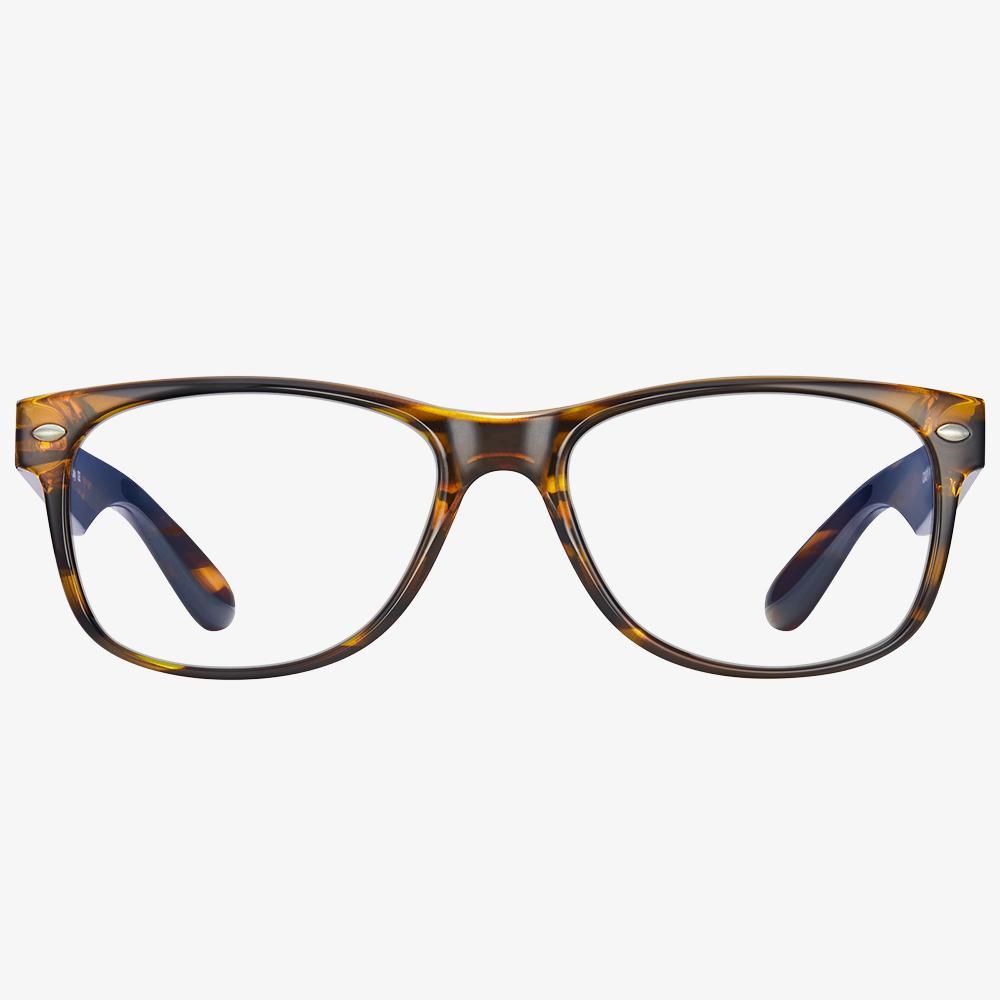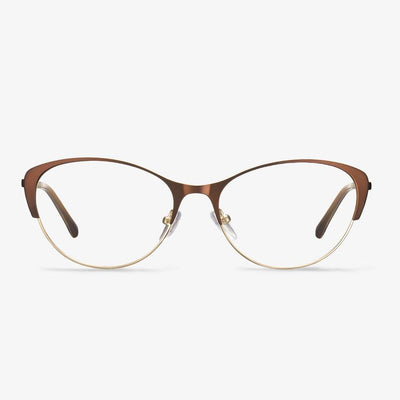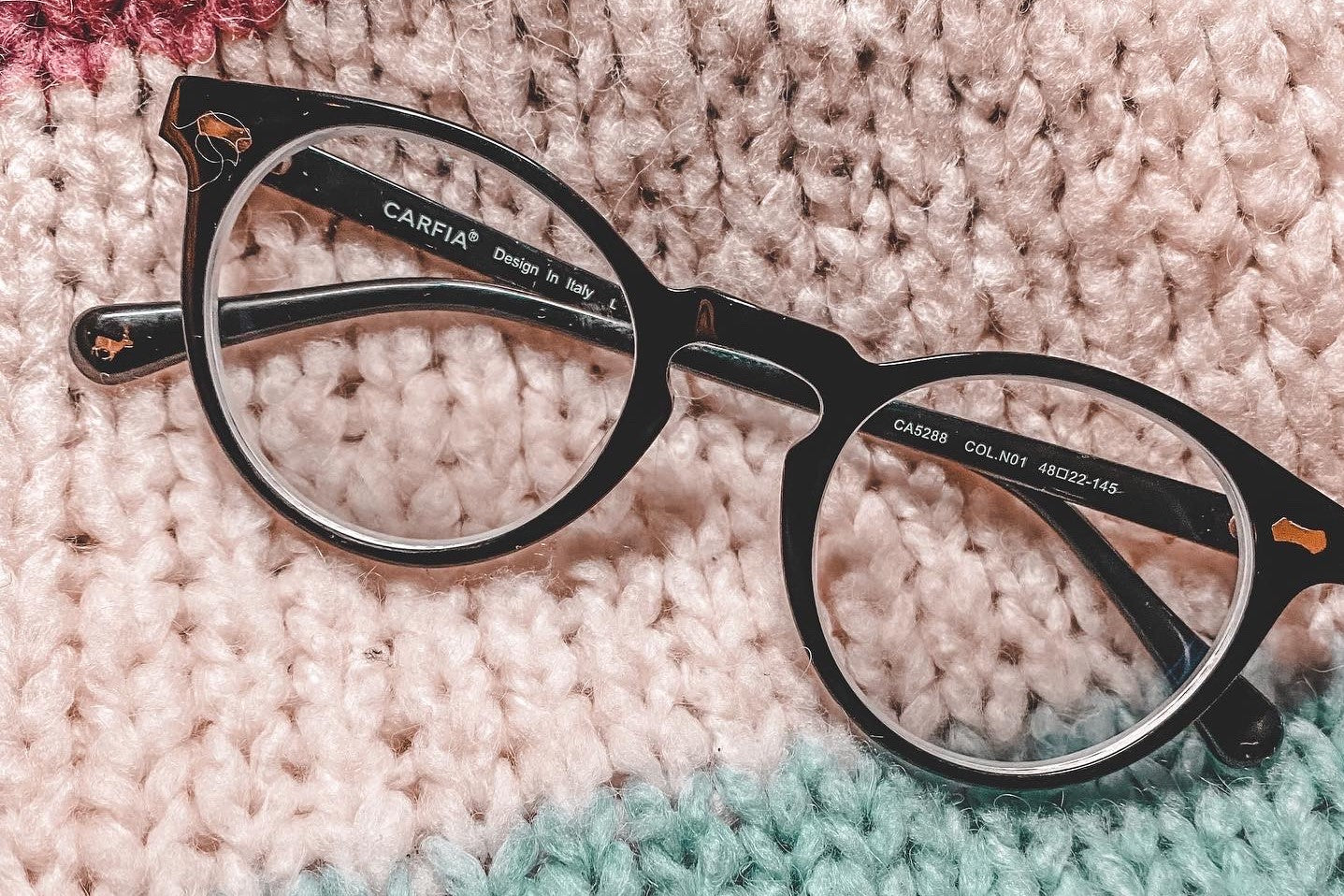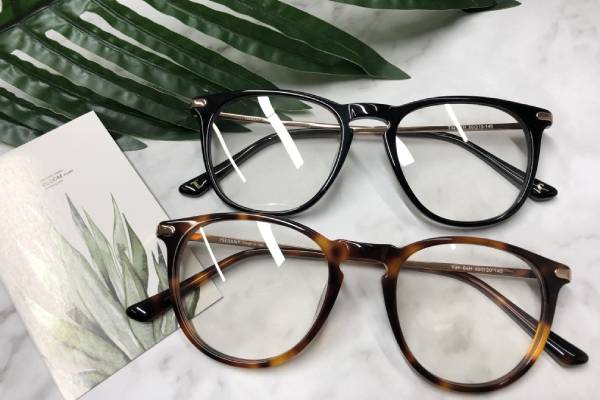Is it expensive to fix glasses?
Many optician shops can fix a broken pair of frames for less than $50. Some retailers, like LensCrafters, provide glasses with a one-year extended warranty for as low as $35. If you have such a warranty, you can have your glasses repaired for a fraction of the cost. Is it expensive to fix glasses? It depends on the specific situation. World Optic, for example, has led the eyeglass repair industry since 1972. World Optic combines over 90 years of eyeglass repair experience and uses cutting-edge technology to create a complete science of the process of repairing broken glasses and sunglasses from start to finish. We have to see that for every single repair, there is a specific quote for different degrees of repair and for different parts.
The birth of progressive lenses
In 1907, British optometrist Owen Aves first proposed the concept of progressive lenses and got the first patent of progressive lenses. In 1910, Henry Orford Gowlland designed and made a similar lens in Canada, but technical limitations prevented it from succeeding. In 1959, Bernard Maitenaz, a French optical and mechanical engineer, developed the first progressive lens, which was successfully put into the commercial market for the first time and became a milestone in the history of world optometry. With the development of science and technology, the design of progressive lenses has been greatly developed.
Full-frame glasses
Full-rimed Glasses are now commonly used, which can make the lens fixed, with good protection of glasses. They are firm and easy to finalize the design, with strong hardness. Full-rim glasses frame is in the majority with plank material. The style is sporty and stylish, which is pursued by young people nowadays. Full-frame glasses are of different styles, rich colors, and can mask part of the lens thickness. The beautiful extent is very good, so are loved by many people with slightly higher degrees.
Pure titanium has special current characteristics
Pure titanium can guide electron fluctuations to produce ions, causing the current to tend to ionize. The positive and negative ions can adjust the adverse effects of electromagnetic waves caused by the body's biological current disorder and have a great health care effect on the human body in order to avoid fatigue, muscle stiffness, soreness, and other symptoms or problems.
SaintShilan Titanium Rimless Flexible Frame
They are lightweight glasses with transparent titanium lenses. They have a soft silicone nose pad, with no pressure on the nose, ensuring the best comfort to wear! The environmentally-friendly IP electroplating rack -- SaintShilan focuses on high-quality electroplating, making you comfortable to wear at work and comfortable to read in daily life. They help improve vision and improve quality of life. They are always the best gifts to you and your family.
Silhouette
The Silhouette is a luxury eyewear company founded in 1964 in Austria. The target is to provide glasses with unmatched performance and inner strength. It is a leader in glasses innovation, providing a simple and stylish range of selections for both men and women. With each pair of glasses, they try to give everyone a pair of glasses that allow them to be who they really are.
The origin of aspheric lens
The Visby glasses, unearthed in Gotland, Sweden, are the earliest aspheric lens found. The Vikings in the 11th century used it as a magnifying glass, and some of the best ones were made of silver, making them look like handicrafts. In 1667, Francis Smethwick grinds the first high-quality aspheric lenses and presents them to the Royal Society. That's a telescope with three aspheric elements. In 1956, Elgeet, which originally designed and manufactured optical instruments for the U.S. Navy, produced the world's first mass-produced aspheric lens for photography (Golden Navitar 12mm F1.2) for a 16mm film machine. Today, aspheric lenses are found in everything from tall telescopes to missile guidance systems to camera lenses. In the glasses we wear, the aspheric lens is familiar to consumers.











































